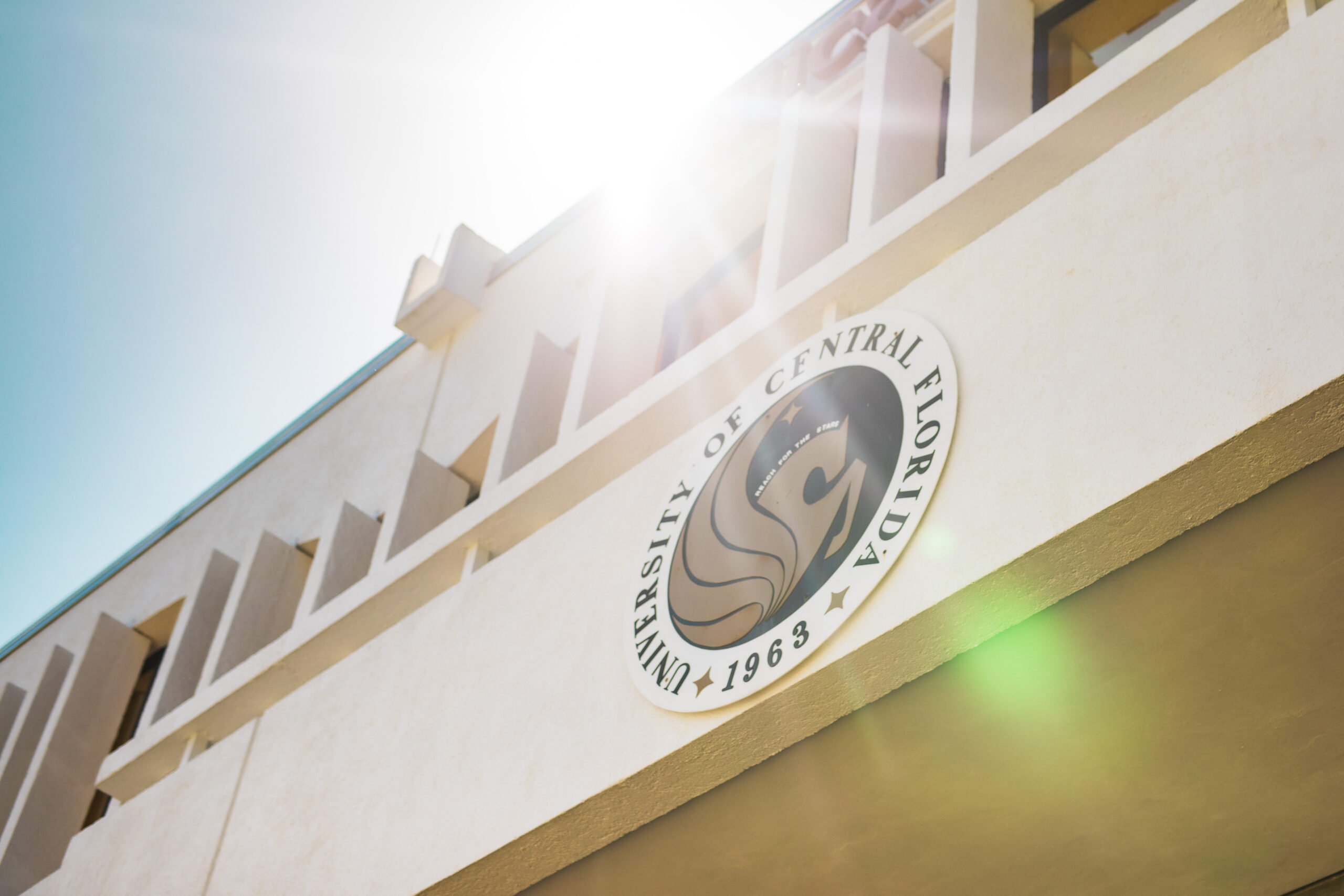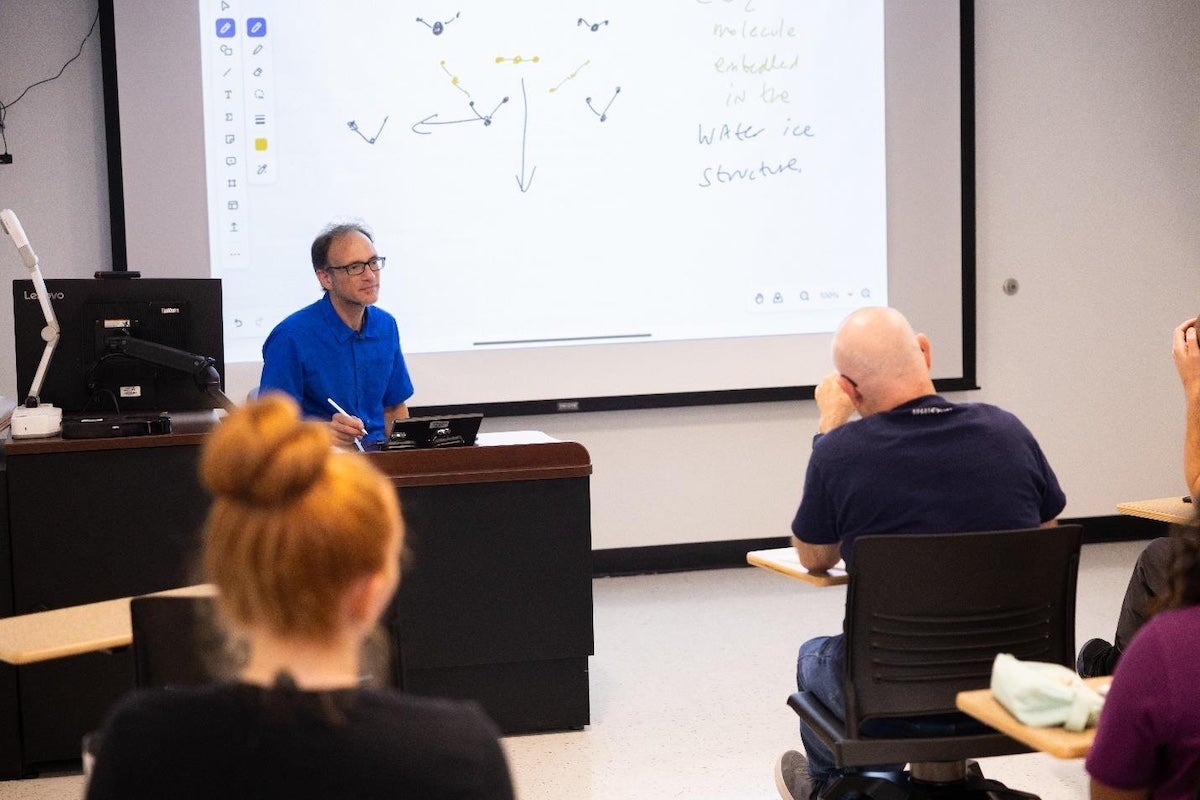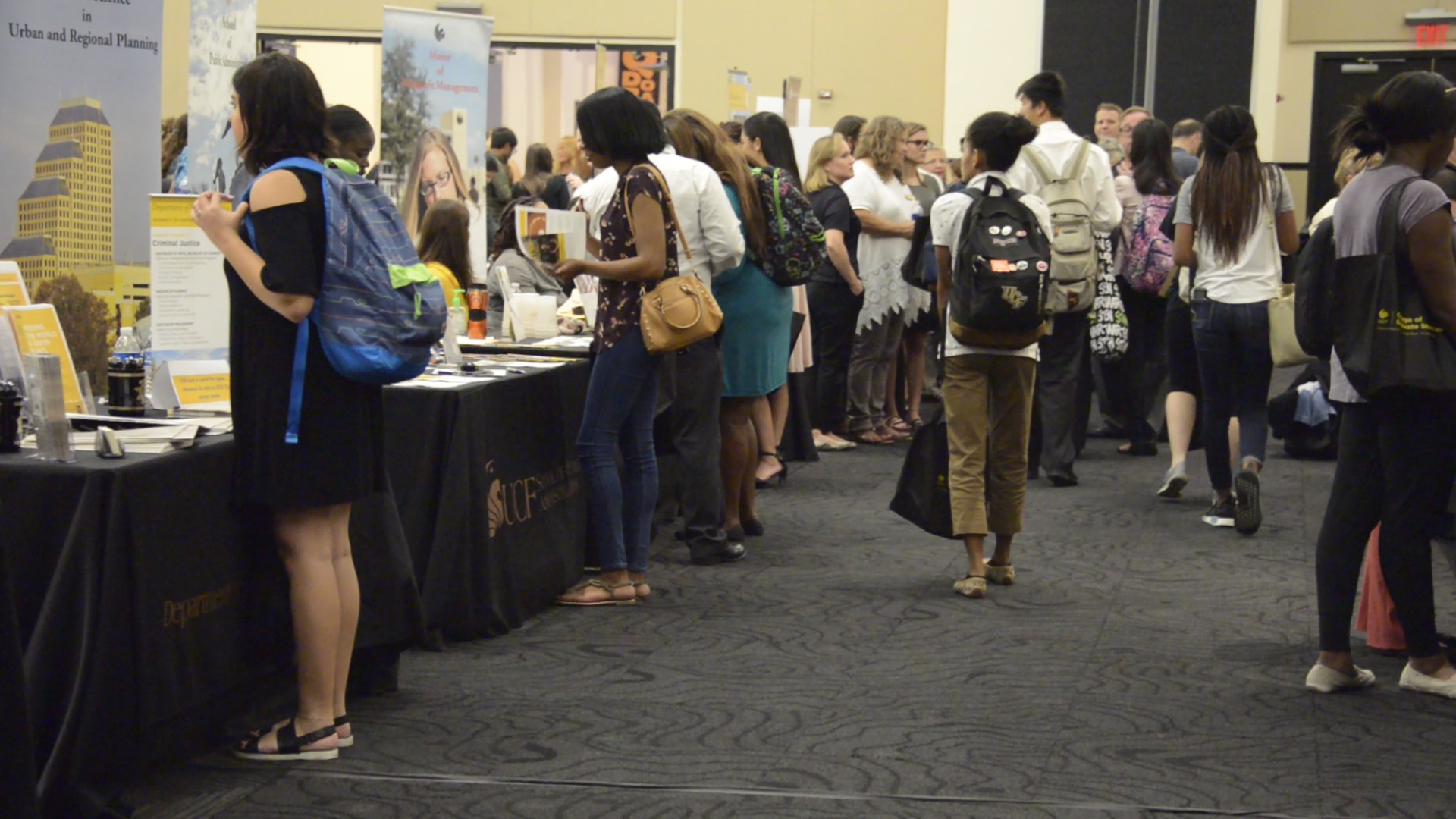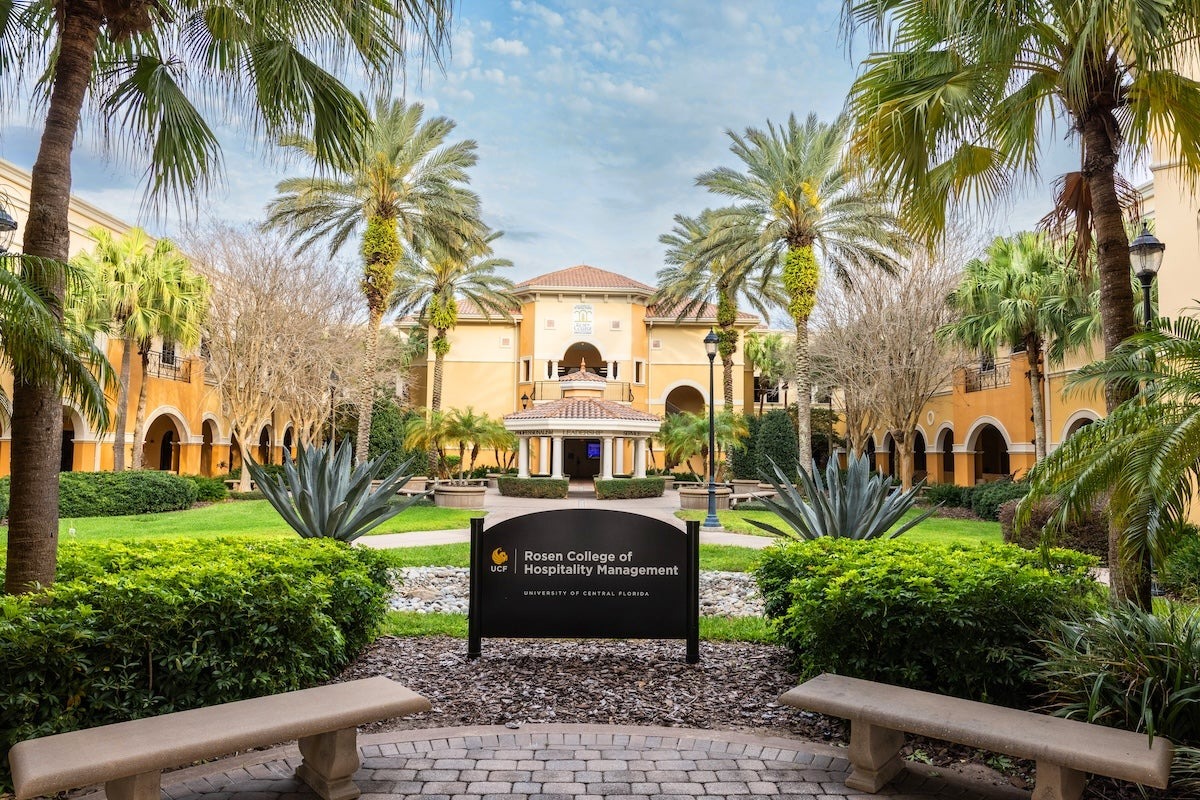UCF Engineering and Biology Researchers Collaborate to Aid Coral Reef Restoration
Florida’s threatened coral reefs have a more than $4 billion annual economic impact on the state’s economy, and the University of Central Florida researchers are zeroing in on one factor that could be limiting their survival – coral skeleton strength.
In a new study published in the journal Coral Reefs, UCF engineering researchers tested how well staghorn coral skeletons withstand the forces of nature and humans, such as impacts from hurricanes and divers.

The researchers subjected coral skeletons to higher stresses than those caused by ocean waves, says Mahmoud Omer, a doctoral student in UCF’s Department of Mechanical and Aerospace Engineering and study co-author. “Under normal wave and tide regimes, a staghorn coral’s skeleton will resist the physical forces exerted by the ocean waves. However, anthropogenic stressors such as harmful sunscreen ingredients, elevated ocean temperature, pollution, and ocean acidification will weaken the coral skeleton and reduce its longevity.”
Florida’s coral reefs generate billions of dollars in local income, provide more than 70,000 jobs, protect the state’s shorelines from storms and hurricanes, and support a diverse ecosystem of marine organisms, according to the U.S. National Oceanic and Atmospheric Administration.
The study uncovered a unique safety feature of the staghorn coral skeleton: Its porous design keeps the coral from being instantly crushed by an impact.

When the UCF engineers subjected skeleton samples to increasing stress, pores relieved the applied load and temporarily stalled further cracking and structural failure. The pores would “pop-in” and absorb some of the applied mechanical energy, thus preventing catastrophic failure. Although this ability has been shown in other coral species, this is the first time it’s been demonstrated in staghorn coral.
“For the first time, we used the tools of mechanical engineering to closely examine the skeletons of a critically endangered coral raised in a coral nursery,” says John Fauth, an associate professor in UCF’s Department of Biology. “We now know more about the structure and mechanical performance of the staghorn coral skeleton than any other coral in the world. We can apply this knowledge to understand why staghorn coral restoration may work in some areas, but where their skeletons may fail due to human and environmental challenges in others.”
The results provide baseline values that can be used to judge if nursery-reared staghorn coral have skeletons strong enough for the wild and to match them to areas with environmental conditions that best fit their skeleton strength.
Staghorn coral gets its name from the antler-like shape of its branches, which create an intricate underwater habitat for fish and reef organisms. It primarily is found in shallow waters around the Florida Keys, Puerto Rico, the U.S. Virgin Islands, and other Caribbean islands but has declined by more than 97 percent since the 1980s.
Although restoration efforts using transplanted, nursery-reared coral are underway, scientists continue working to increase their success rate.
Understanding coral skeleton structures also could inform the development of skeletal structure replacements for humans, says Nina Orlovskaya, an associate professor in UCF’s Department of Mechanical and Aerospace Engineering. “Our findings are of high importance for the development of novel and superior biostructures, which can be used as bone graft substitutes,” Orlovskaya says. “Coral skeleton structures could be either chemically converted or 3D printed into bio-compatible calcium phosphate ceramics that one day might be directly used to regenerate bones in humans.”
In addition to compression tests, the researchers analyzed mechanical properties and spectral and fluidic behavior. The spectral analysis used Raman microscopy, which allowed the researchers to map the effects of compression at the microscopic level in the coral skeleton.
Fluidic behavior analysis revealed that vortices formed around the coral colony helped it to capture food and transport respiratory gases and wastes.
The coral skeletons studied were from Nova Southeastern University’s coral nursery, about one mile off the coast of Ft. Lauderdale, near Broward County, Florida. The corals were deceased and were from colonies that failed or were knocked loose during a storm.
Study co-authors also included Alejandro Carrasco-Pena, a graduate of UCF’s mechanical engineering doctoral program; Bridget Masa, a graduate of UCF’s mechanical engineering bachelor program; Zachary Shepard, a graduate of UCF’s mechanical engineering bachelor program; Tyler Scofield, a graduate of UCF’s mechanical engineering master’s and bachelor program; Samik Bhattacharya, an assistant professor in UCF’s Department of Mechanical and Aerospace Engineering; Boyce E. Collins, a mechanical and chemical engineering scientist at North Carolina A&T State University; Sergey N. Yarmolenko, a senior research scientist at North Carolina A&T State University; Jagannathan Sankar, a distinguished university professor at North Carolina A&T State University; Ghatu Subhash, Ebaugh Professor in the Department of Mechanical and Aerospace Engineering at the University of Florida; and David S. Gilliam, an associate professor with Nova Southeastern University.
The research was funded in part by the National Science Foundation and the U.S. Environmental Protection Agency.
Orlovskaya obtained her doctorate in materials science from the Institute for Problems of Materials Science at the Ukrainian National Academy of Sciences in Kyiv. She joined UCF in 2006.
Fauth received his doctorate in zoology from Duke University and joined UCF in 2003.
Share This Article

UCF Women’s Club Honors 3 Graduate Students with Prestigious Sheila B. Somerville Scholarship
Financial support is often the cornerstone of academic success, and for many students, scholarships open the door to higher education. Beyond easing financial stress, these awards provide recognition, motivation, and a...
Latest News

UCF Launches 1st Planetary and Space Sciences PhD Program in Florida
As SpaceU, UCF is pushing the boundaries of exploration by launching a groundbreaking new doctoral program in the planetary and space sciences. Now, aspiring researchers can apply to the inaugural cohort of...

UCF Fulbright Awardees Bring Their Passions to a Global Scale
Each year, the Fulbright Program offers opportunities for American students to conduct research, teach English, or pursue graduate study abroad. One of the most prestigious international exchange programs in the...

Unleash Opportunities with a UCF Graduate Degree
A graduate degree has the power to unleash opportunities by expanding careers, opening doors to new fields, and increasing lifetime earnings. According to the U.S. Bureau of Labor Statistics (2024),...

UCF Rosen College Ranks No. 1 in the World for Hospitality Education for 2025
One of the most anticipated theme parks in the world is about to open its gates — and right next door, the No. 1 hospitality and hotel management school on...